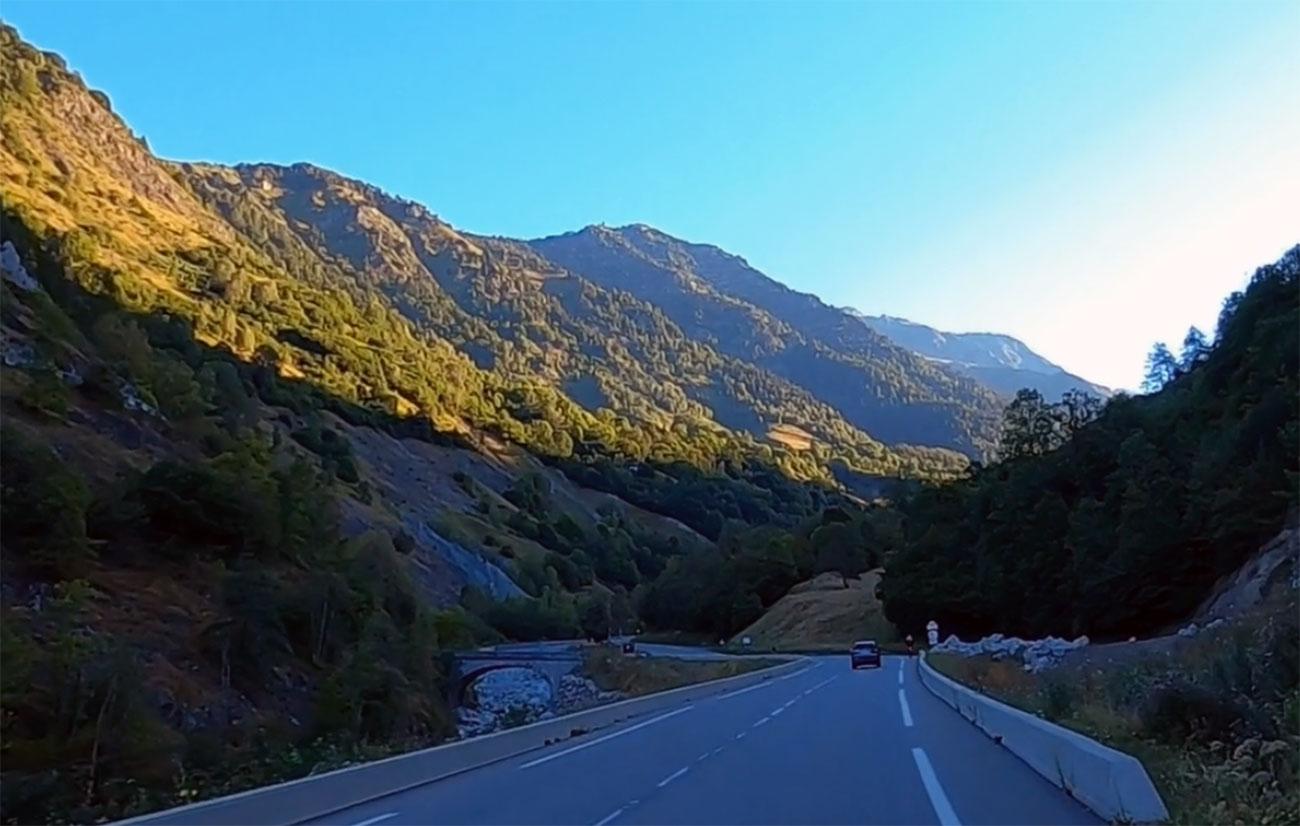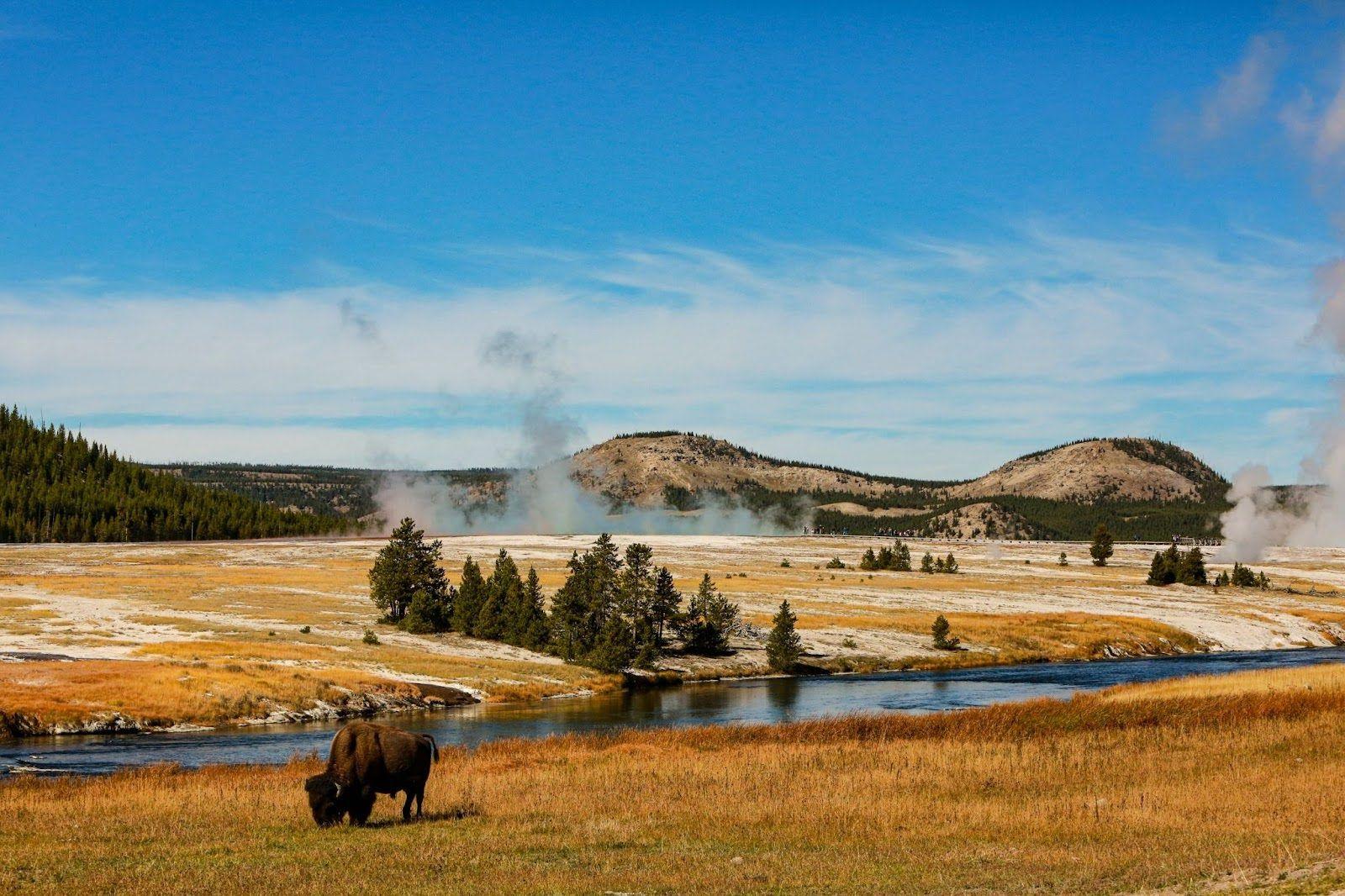The Tourmalet has been included in the Tour more often than any other pass, since 1910, when the Pyrenees were introduced. Up until 2020, the Tour has visited the Col du Tourmalet a total of 87 times including three stage finishes at the summit and three at La Mongie. It has been ranked a hors catégorie climb, or exceptional, meaning the most difficult type of climb in a pro race. In 2021, on Stage 18, the Tour will climb it for the 88th time from the Sainte-Marie de Campan side on the east side to then end at Luz-Saint-Sauveur. The Vuelta a España has also been up the pass a number of stages when it made its way north into France.

For any climbing enthusiast, a trip to the Pyrenees is memorable and a climbing tour bucket list must-do, and should include this gruelling ascent of the Tourmalet. It is also one of the ‘big 3’ of the Tour, together with the nearby Col d’Aubisque and Col du Galibier, in the Alps. This area is one of the greatest climbing landmarks in the world. It might not be the steepest, longest or highest Tour climb but, as one of the oldest, it has served as a battleground for many close confrontations between the climbing legends attempting to break each other on the way to the summit.

Details of the climb
From the western side heading east and north, from Luz-Saint-Sauveur, the climb is 18,7km long, with an average grade of 7%, 1399 meters of climbing and a maximum gradient of 13%. As with most French climbs, each kilometre is marked and indicated by a sign with the height of the summit, the distance to it, and the average gradient of the next kilometre.
One starts off with 3km at a gentle gradient of up to 4% followed by a regular climb of around 8% through rolling hillsides with farmlands and a couple of ski resorts. After steadily ascending six kilometres through two hairpin bends and some slopes at 12%, you reach the village of Barèges, which takes you towards La Mongie. The grade throughout the climb is quite steady: 88% or 16.5 kilometres is at 5-10% grade. The steepest 500 meters is 9.7% and steepest continuous kilometre is 9.2%.

The best but hardest stretch is over the final kilometre with an average of 10.5% to 13%. At the top, you can spot the statue of the Géant du Tourmalet. This special statue represents Octave Lapize (who called the organisers ‘criminals’ and ‘murderers’), the first rider to conquer the Tourmalet and the Pyrenees in the Tour de France in 1910 when he won the Tour. It is brought up by vehicle every summer in early June and celebrated with a mini Gran Fondo and is also known as “Montée du Géant”. This tradition pays homage to the Giants of the road and all climbers who venture up this tough ascent. Once you have reached the top, you can savour the spectacular vista all around you as well as the symbolic statue that can’t be missed!

How to ride it:
This climb needs to be paced well as there is no real place to recover. The last kilometre is harsh, coming in at the very end at 10% and more. So depending on how fit you are, I would ride it quite conservatively, starting with the first 4km as your warm-up by just spinning the legs gently and then getting into a comfortable climbing gear, perhaps a 32T at the back and at around 60-70% of your FTP (Functional Threshold Power) using a high cadence of between 80 and 90 to save the legs without grinding, reserving some energy for the last 5 kilometres and especially the last stretch to the summit.









